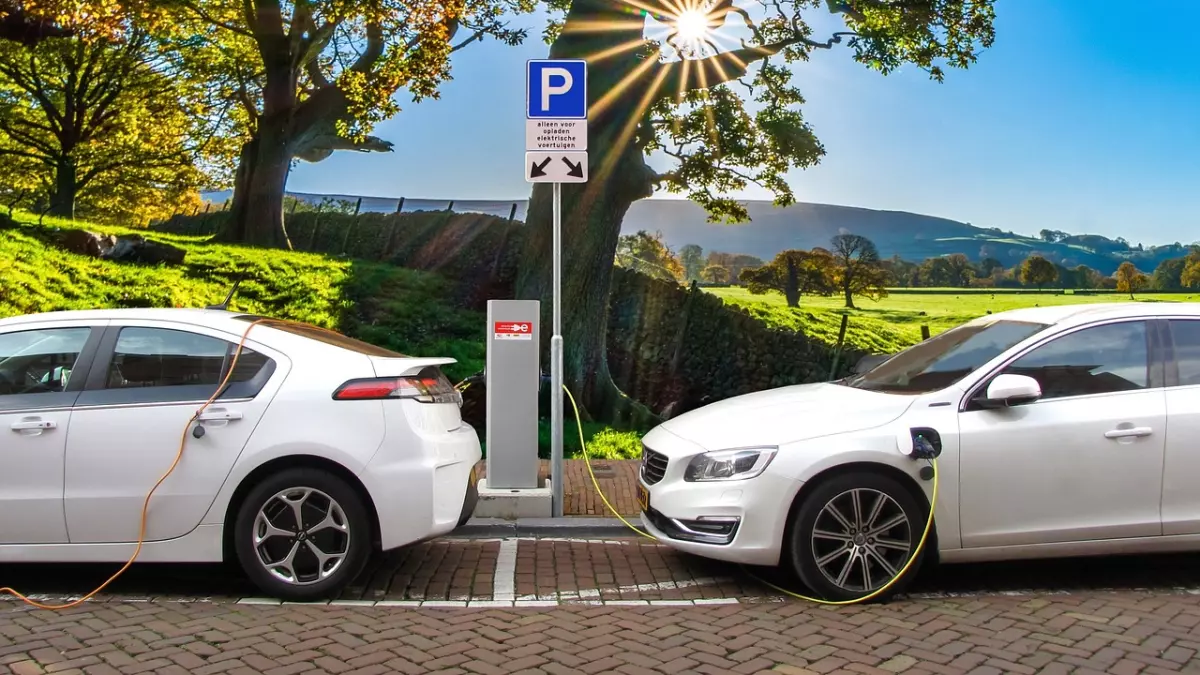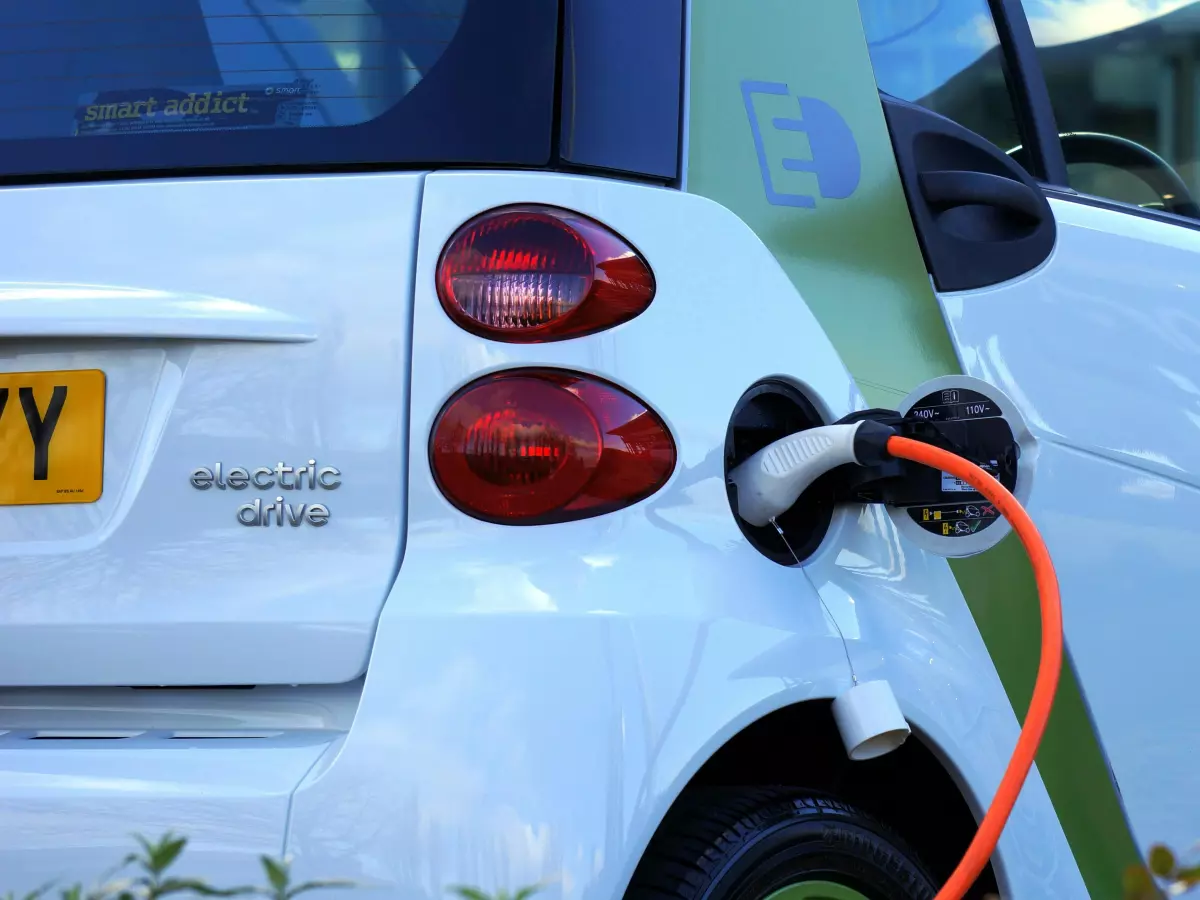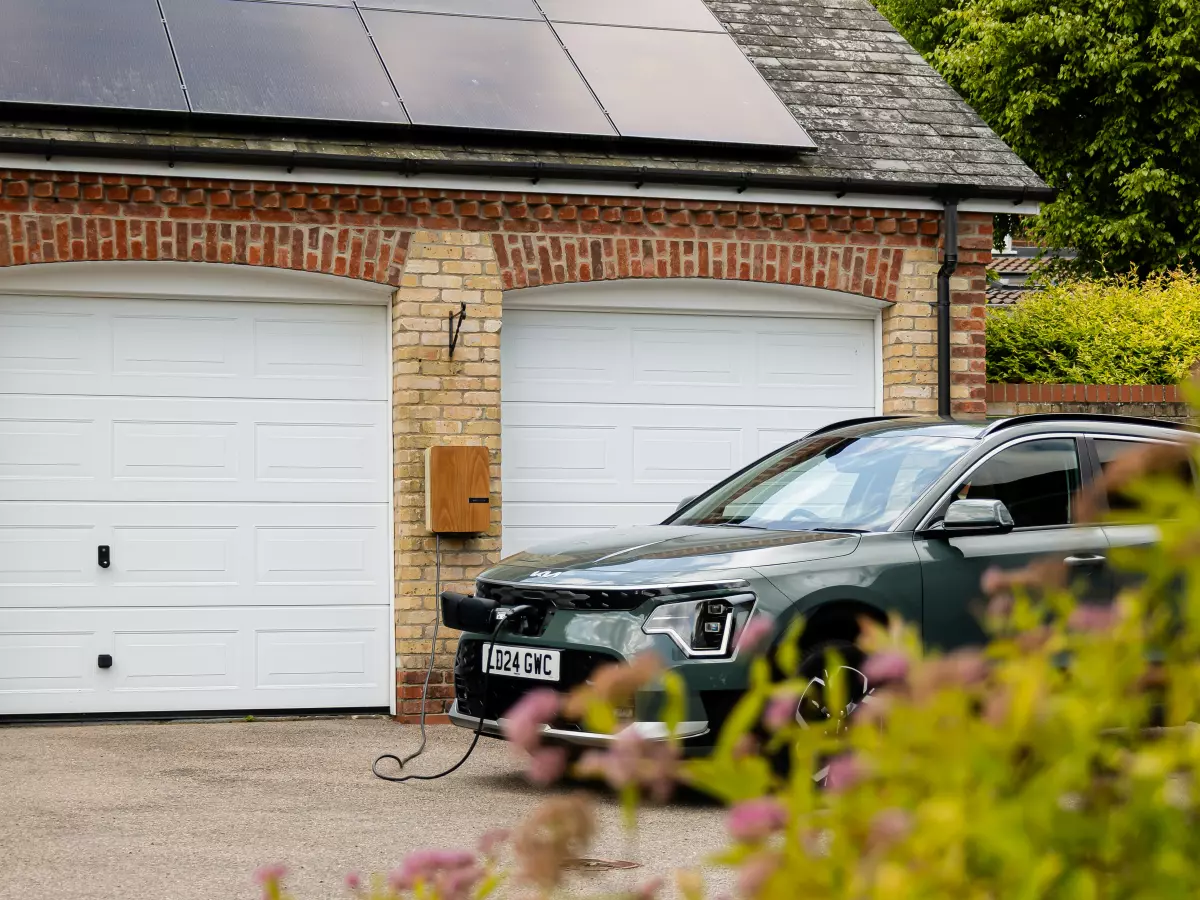Powering the Future
"So, how far can you go on a single charge?" It's the question every EV owner gets asked, and the answer is changing faster than you might think.

By Nina Schmidt
Electric vehicles (EVs) have come a long way from their early days of limited range and slow charging. But while the conversation often revolves around range and charging speeds, there's a lot more happening under the hood—or rather, under the floor—of these futuristic rides. The real magic lies in the battery innovations that are quietly transforming the EV landscape.
Let's face it: the battery is the heart of any electric vehicle. It determines how far you can drive, how quickly you can recharge, and even how long your car will last. But as EVs become more mainstream, the demands on battery technology are skyrocketing. Consumers want more range, faster charging, and longer battery life, all while keeping costs down. It's a tall order, but the industry is rising to the challenge with some seriously cool innovations.
1. Solid-State Batteries: The Holy Grail?
You've probably heard the buzz about solid-state batteries. They're often hailed as the 'holy grail' of battery technology, and for good reason. Unlike traditional lithium-ion batteries, which use a liquid electrolyte, solid-state batteries use a solid electrolyte. This simple change could lead to some massive benefits.
First off, solid-state batteries are safer. The liquid electrolyte in lithium-ion batteries can be flammable, which is why you've heard those horror stories about EVs catching fire. Solid-state batteries eliminate that risk. But safety isn't the only perk. These batteries are also more energy-dense, meaning they can store more power in the same amount of space. Translation? Longer range without making the battery bigger or heavier.
And here's the kicker: solid-state batteries could also charge faster. We're talking about potentially cutting charging times in half. Imagine pulling into a charging station, grabbing a coffee, and being back on the road in 15 minutes. Sounds like the future, right?
2. Fast-Charging Tech: Beyond the Hype
Speaking of charging, let's talk about fast-charging technology. Yes, it's already here, but it's still evolving. Right now, most EVs can charge from 0 to 80% in about 30 minutes using a fast charger. But that's not good enough for a lot of people, especially those who are used to filling up a gas tank in five minutes.
Enter ultra-fast charging. Companies are working on chargers that can deliver up to 350 kW of power, which could reduce charging times to under 10 minutes. That's almost as fast as pumping gas. But there's a catch: not all EVs can handle that much power yet, and the infrastructure to support these ultra-fast chargers is still being built out. So, while the tech is promising, we're not quite there yet.
3. Second-Life Batteries: Recycling, But Cooler
One of the biggest concerns with EVs is what happens to the battery once it's no longer useful in a car. After all, these batteries are made from valuable materials like lithium, cobalt, and nickel, which are not only expensive but also have environmental and ethical concerns tied to their extraction.
That's where second-life batteries come in. Even after an EV battery has lost some of its capacity, it can still be useful in other applications. For example, old EV batteries can be repurposed for energy storage in homes or businesses. This not only extends the life of the battery but also helps to reduce the demand for new raw materials.
Some companies are even exploring ways to recycle the materials from old batteries to make new ones. It's a win-win for both the environment and the economy.
4. Battery Swapping: A Quick Fix?
While fast charging is great, there's another solution that could make EVs even more convenient: battery swapping. Instead of waiting for your battery to charge, you simply swap it out for a fully charged one. It's like changing the batteries in your TV remote, but on a much larger scale.
Battery swapping has been tried before, but it never really took off. However, some companies are giving it another shot, especially in markets like China, where EV adoption is booming. The idea is that you could pull into a swapping station, and in just a few minutes, you'd be back on the road with a full charge. No waiting, no fuss.
The downside? Standardization. For battery swapping to work on a large scale, automakers would need to agree on a standard battery size and design, which is easier said than done. Still, it's an interesting idea that could solve the charging time problem, at least in certain use cases.
5. Wireless Charging: The Future of Convenience
If battery swapping sounds too futuristic, how about wireless charging? Yes, it's a thing, and it's already being tested in some cities. The idea is simple: instead of plugging your car into a charger, you park over a wireless charging pad, and the battery charges automatically.
Wireless charging could make EVs even more convenient, especially for people who live in apartments or don't have easy access to a charging station. Imagine never having to plug in your car again. Just park, and you're good to go.
Of course, there are challenges. Wireless charging is currently slower than traditional charging, and the infrastructure is still in its infancy. But as the technology improves, it could become a game-changer for urban EV drivers.
6. Smart Battery Management Systems (BMS): The Brains Behind the Brawn
Finally, let's talk about the unsung hero of EV battery technology: the Battery Management System (BMS). This software is responsible for monitoring and optimizing the performance of the battery, ensuring that it operates safely and efficiently.
As EVs become more advanced, so do their BMS. Newer systems can predict when a battery is about to fail, optimize charging to extend battery life, and even adjust the power output to improve range. In short, the BMS is the brains behind the brawn, and it's only getting smarter.
Some automakers are even using artificial intelligence (AI) to make their BMS more intelligent. By analyzing data from thousands of vehicles, AI can help predict battery issues before they happen, potentially saving drivers from costly repairs and downtime.
The Road Ahead
So, what's next for EV battery technology? The truth is, we're just scratching the surface. With innovations like solid-state batteries, ultra-fast charging, and smart BMS, the future of EVs looks brighter than ever. But there are still challenges to overcome, from infrastructure to standardization. One thing's for sure: the race to build the best EV battery is far from over, and the winners will be the ones who can balance performance, cost, and sustainability.
As EV adoption continues to grow, expect to see even more breakthroughs in battery technology. Who knows? In a few years, we might be talking about batteries that can charge in seconds or last for a million miles. The possibilities are endless, and the journey is just beginning.





